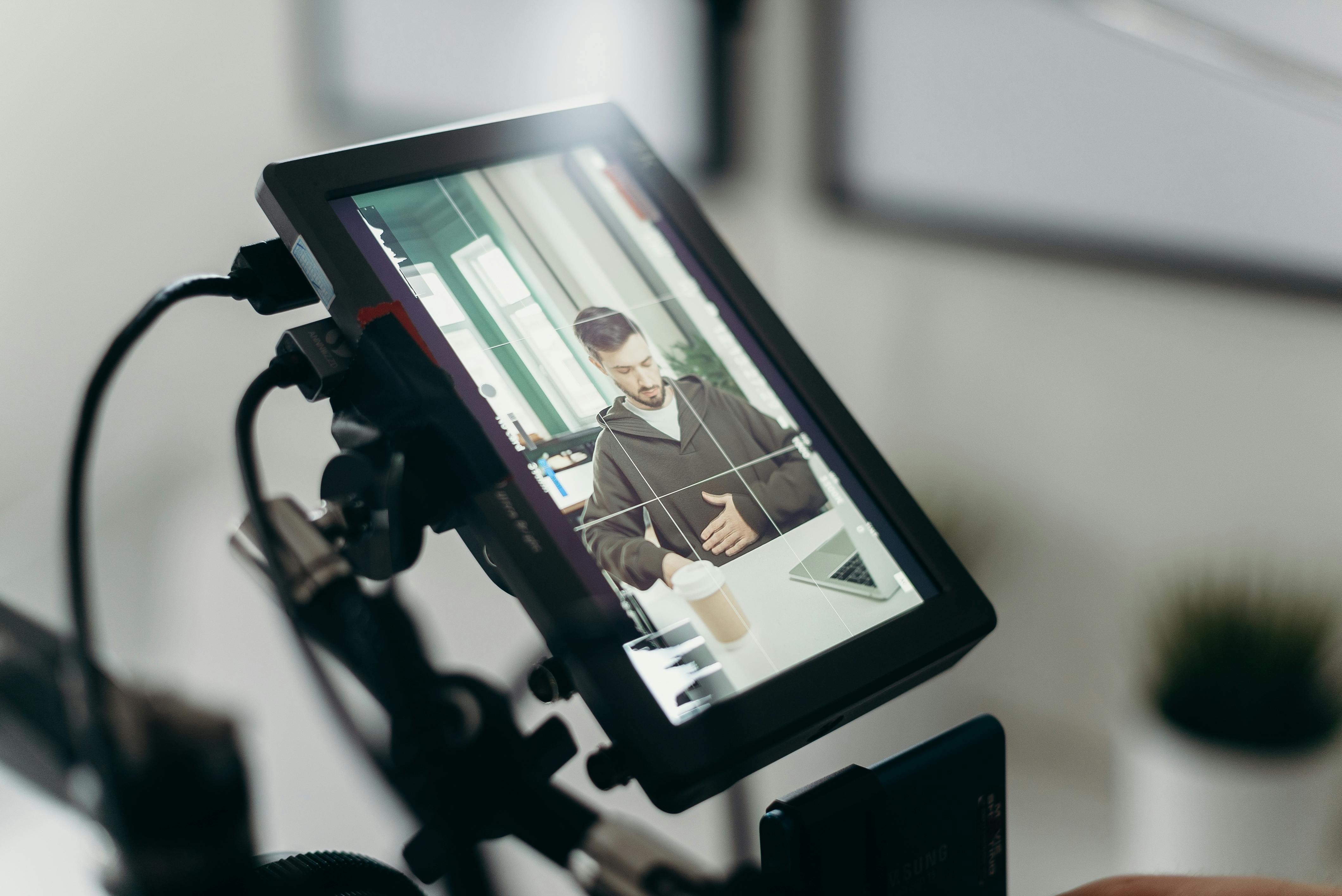Comprehensive Guide to Freelance Videographer Insurance
In today’s fast-paced digital landscape, freelance videographers face unique risks that can impact their livelihood. From damaged equipment to liability claims, understanding freelance videographer insurance is essential for long-term success. This comprehensive guide will equip you with everything you need to protect your creative business and maintain peace of mind.

Understanding the Fundamentals
Freelance videographer insurance refers to a specialized set of insurance policies designed to protect independent video professionals from common industry risks. This includes liability, equipment damage, and loss of income. Over time, as freelance work became more prevalent, insurers recognized the need for coverage tailored to creative freelancers.
These fundamentals matter because videographers often work on-site, handle expensive gear, and interact directly with clients. One unforeseen incident could result in significant financial loss, making insurance not just a safeguard but a necessity.
1.1 Liability Protection
Liability protection covers situations where a client or third party claims injury or property damage resulting from your work. For example, if a tripod falls and injures someone during a shoot, your insurance would cover legal fees and medical costs.
This protection is essential in today’s litigious society and helps freelancers maintain professional credibility. A common misconception is that liability is only relevant for large studios, but even solo videographers can face lawsuits.
1.2 Equipment Coverage
Unlike standard homeowners insurance, gear insurance specifically covers professional equipment used for video production. This includes cameras, lighting, drones, and editing systems, whether at home, in transit, or on location.
Videographers often travel or shoot outdoors, making this coverage invaluable. Real-world examples include damaged gear from weather, theft during travel, or accidental drops during shoots.
Practical Implementation Guide
Now that the basics are clear, the next step is implementing coverage into your business operations. Having insurance isn’t just a checkbox; it’s an active tool for risk management and professionalism.

2.1 Actionable Steps
- Assess Your Needs: Make a list of all your gear, job types, and client demands. Consider whether you work internationally or domestically.
- Choose the Right Policy: Look for providers offering tailored freelance videographer insurance. Opt for plans that include general liability, equipment protection, and errors and omissions (E&O).
- Review Annually: Insurance needs evolve. Reevaluate your coverage each year, especially if you invest in new equipment or expand your service offerings.
2.2 Overcoming Challenges
Common hurdles include high premiums, confusing policy terms, and coverage gaps. To address these:
- Compare multiple providers for better rates.
- Consult an insurance advisor who understands the creative industry.
- Read all terms carefully to avoid exclusions that may affect you.
Warning signs include vague language, unusually low premiums, and policies that don’t mention key risks like drone usage or file loss. Pro tips: bundle your policies and keep receipts and gear inventories updated for faster claims.
Advanced Applications
For experienced videographers, insurance goes beyond protection—it becomes a competitive advantage. Advanced applications help integrate insurance into professional development and client relations.

3.1 Errors and Omissions (E&O) Coverage
E&O covers legal claims due to mistakes in the final product, missed deadlines, or miscommunication. In one case, a freelance videographer faced a $10,000 claim after failing to deliver wedding footage on time. E&O saved their business.
Tracking metrics such as claim resolution time and client retention post-incident helps evaluate the effectiveness of E&O coverage.
3.2 Integrating With Client Contracts
Many high-end clients now require proof of insurance before awarding projects. Having proper coverage not only meets this requirement but enhances your credibility.
Make sure your contracts include clauses aligned with your policy, such as liability limits and project scope, ensuring smoother resolution of disputes.
Future Outlook
As the freelance videography market grows, so does the need for more specialized insurance products. We can expect AI-assisted claims processing, modular policies, and embedded protection in booking platforms over the next 3–5 years.
To stay ahead, freelancers should subscribe to industry updates, participate in professional forums, and budget for annual policy upgrades. Being proactive now ensures stability in the future.
Conclusion
Here are the key takeaways: First, freelance videographer insurance is essential for managing risk. Second, implementation involves thoughtful planning and policy review. Third, advanced strategies turn insurance into a business asset.
Now’s the time to protect your creative career. Evaluate your needs, compare providers, and choose a policy that aligns with your goals. Secure your passion and your livelihood today.
Frequently Asked Questions
- Q: What is freelance videographer insurance? Freelance videographer insurance protects against risks like gear damage, liability, and legal claims from clients or third parties.
- Q: How do I get started? Begin by listing your assets and job types, then consult a broker or provider specializing in creative professions.
- Q: How long does it take to get insured? With online platforms, you can often get insured within 24 to 48 hours, depending on the provider and plan complexity.
- Q: How much does freelance videographer insurance cost? Prices range from $300 to $1500 annually, depending on coverage limits, location, and business size.
- Q: Is it better than general business insurance? Yes, because freelance videographer insurance includes industry-specific protections that general plans may not offer.
- Q: Is it hard to manage? No, most policies come with intuitive dashboards and automatic renewal features, making them easy to handle even for first-timers.
- Q: What if I shoot in multiple states or countries? Look for global coverage or multi-jurisdictional plans. These are specifically designed for traveling creatives.
